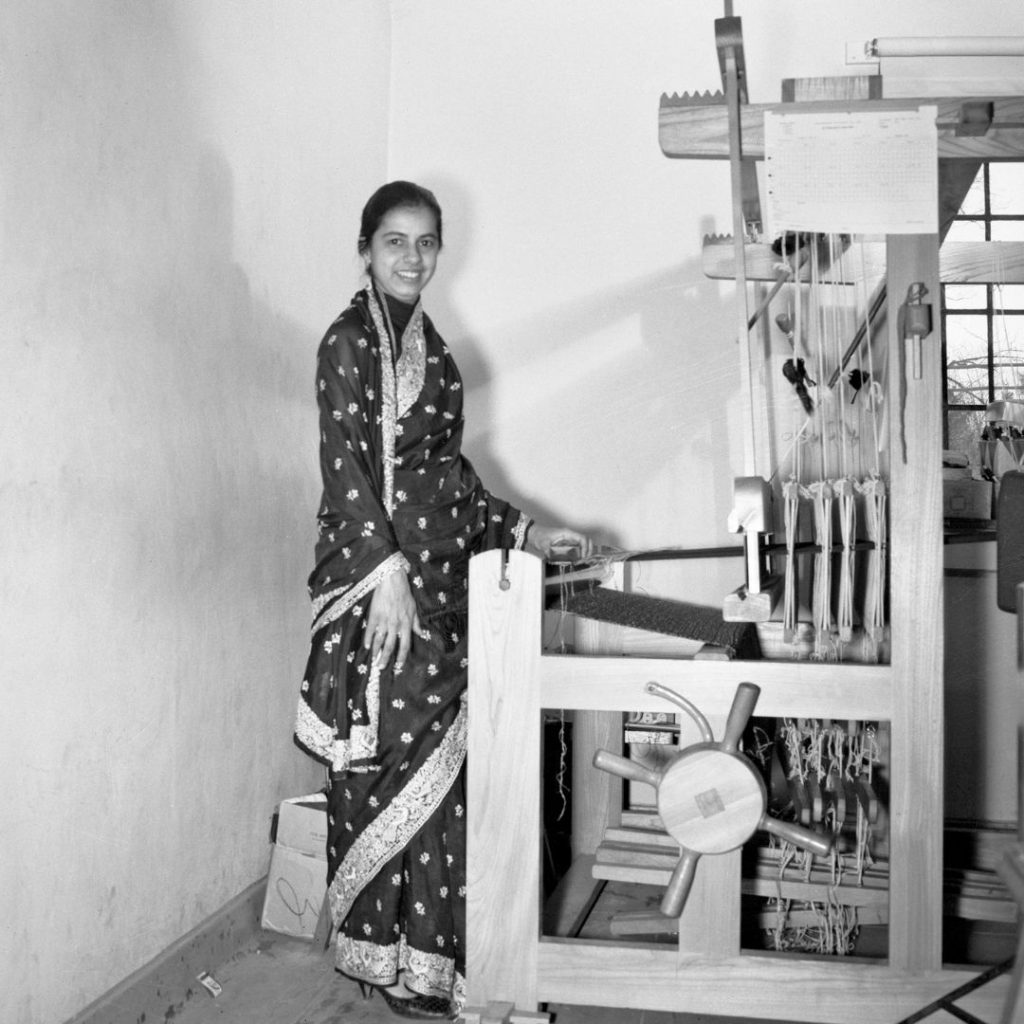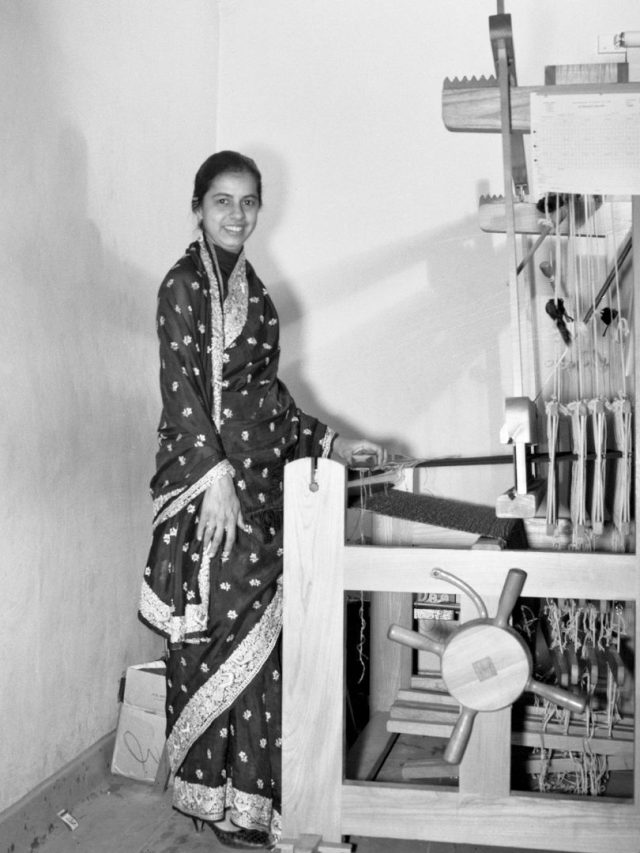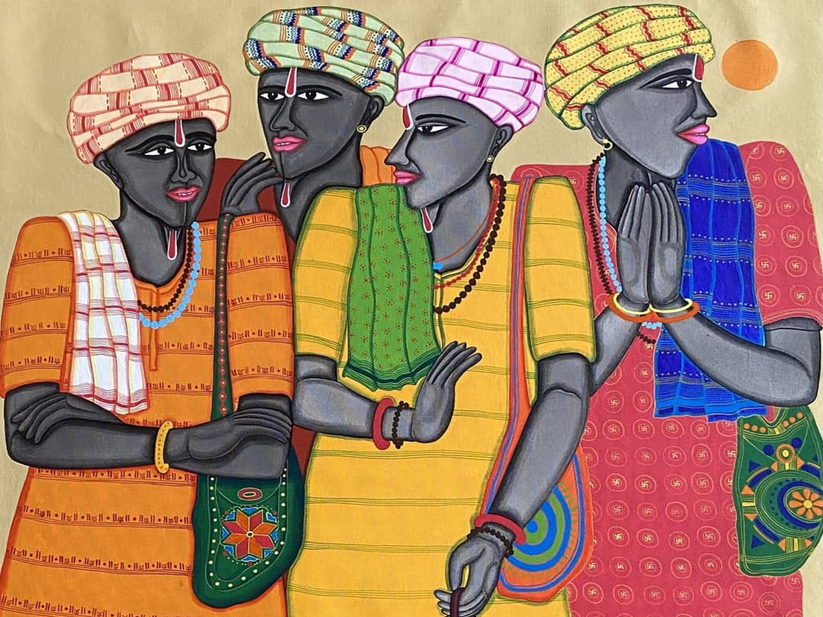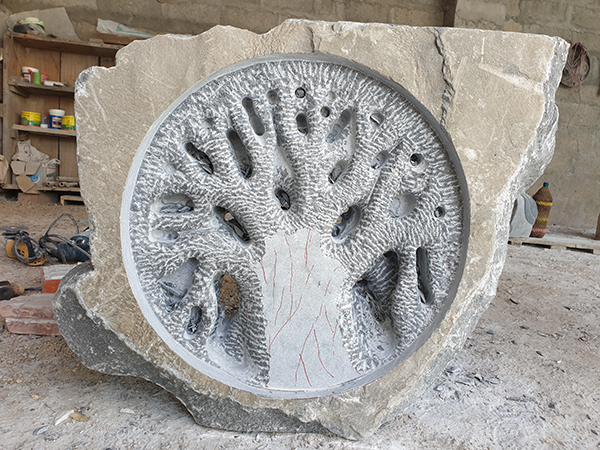Nelly Sethna was an Indian textile designer, writer, teacher, and activist. She was indeed the ‘queen of fibre’ as she dabbled in jute, silk, sisal, cotton, wool, leather, and more. She was also proficient in several techniques. Hand-weaving and hand-knotting came easily to her. Sethna was influenced by Scandinavian modernism. This is evident in her work involving the Nordic Sloyd handicraft technique. She studied under the tutelage of Kamaladevi Chattopadhyay and Marianne Strengell, crafting bespoke pieces of textiles.
As a child, Nelly Sethna used to walk barefoot to school. On her way, she would be distracted by flowers, leaves, and everything nature had in store. This continued to her later stages, where her affinity to the environment took shape in symmetrical, almost erotic & sacred tantric diagrams.
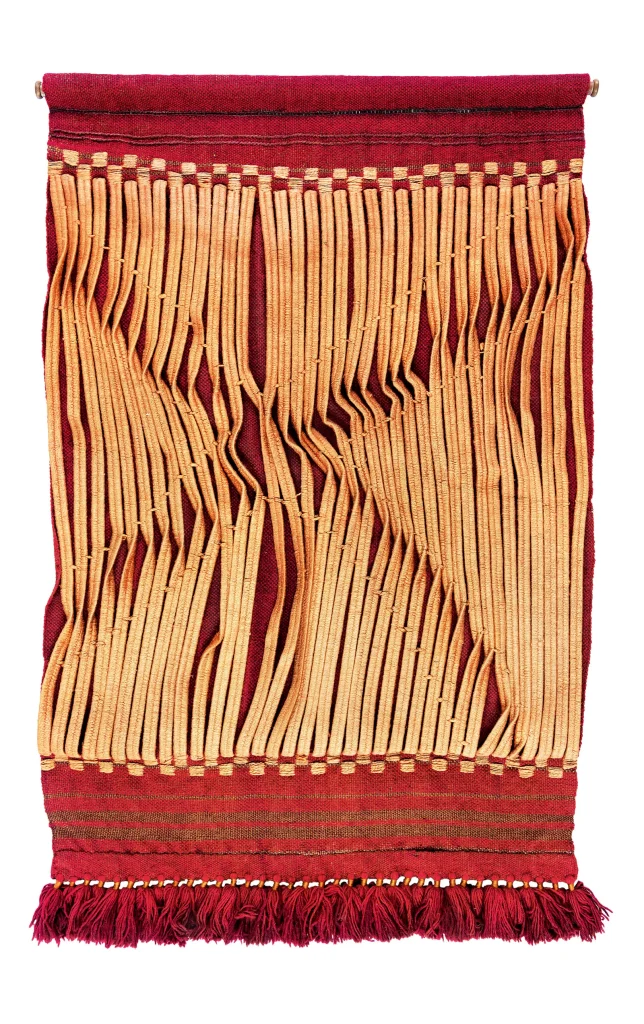
Nelly Sethna enrolled at the JJ School of Arts, Mumbai, where a tussle with the authority led her to quit. She was then taken in by Regent Street Polytechnic where she learned textile design and printing. Her persévérant spirit led to a tête-à-tête with Marianne Strengell who encouraged her to pursue weaving at the Cranbrook Academy of Art under the Ellen Scripps Booths fellowship.
In the late 1950s, Nelly Sethna headed the design studio at Bombay Dyeing. In 1966, she consulted at the National Institute of Design (NID), Ahmedabad, establishing the Textile Design Department in the process. In the early 1970s, she resuscitated the practices of kalamkari and the Srikalahasti & Masulipatnam printed fabrics. She revived the old Kalamkari blocks and embellished them with contemporary designs. She did the same to the dying art of Kashmir’s crewel embroidery.
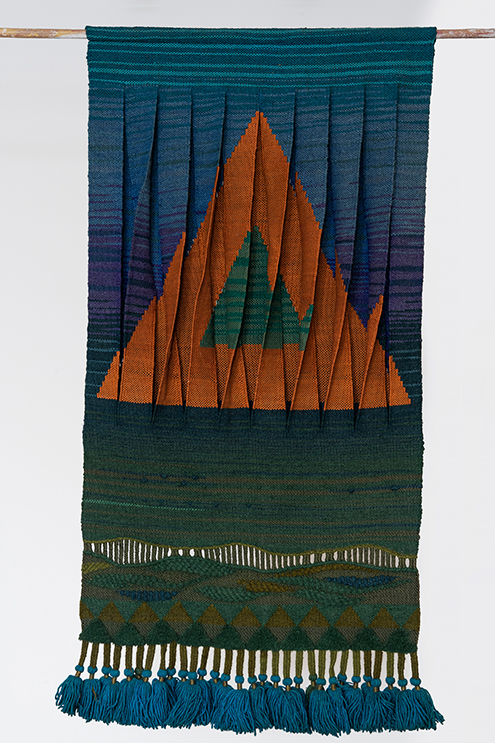
Nelly Sethna worked at multiple scales, from small rugs to magnificent wall hangings. She was commissioned to produce gigantic tapestries for Air India and a three-storey wall hanging for Ford Foundation, Delhi. She also made numerous research trips to Iran and Kutch to study their weaving styles and elaborate textile industries. She employed these techniques in her mobile textiles, draperies, and room dividers.
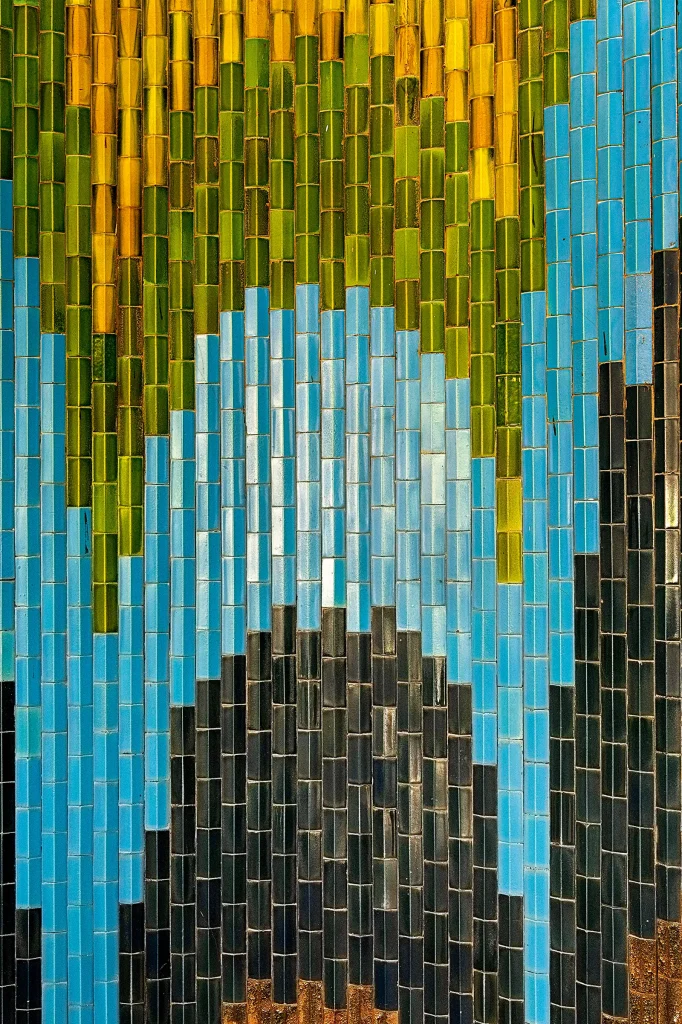
She was fascinated with the Kalamkari design due to their painting-like style of weaving. The contrasting colours and the effervescent shades were sporadic. Nelly Sethna’s work manoeuvres the fabric in diverse shapes. Her concentric circles are reminiscent of the yantras as depicted in the Hindu manuscript. The use of green, black, and beige fibres is a nod to the Kathakali performers. Her use of Fontana-style cuts is a subtle hint to the intertwining stories, seldom nested.
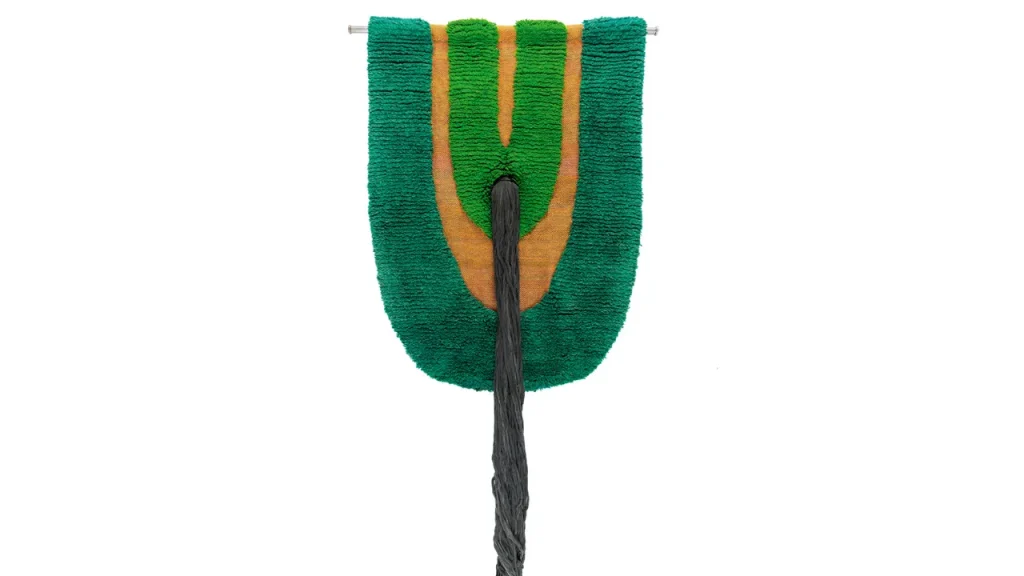
She published a book in 1985 titled ‘Kalamkari: Painted & Printed Fabrics from Andhra Pradesh’ detailing her extensive research on Kalamkari. In the same year, Nelly Sethna became the recipient of the coveted Padma Shri for her contribution to the textile and design industry.
Nelly Sethna was a true trailblazer, bringing visibility to the invisible. Her oeuvre has constantly brought new definitions to old traditional practices. Her work evokes a feeling of solidarity, amalgamating practices – past and present to create a fusion of tapestry, sculptures, and installations.
Photo Courtesy – Cranbrook Art Museum
Priya Ravish Mehra: Healing Existential Dread One Thread at a Time

